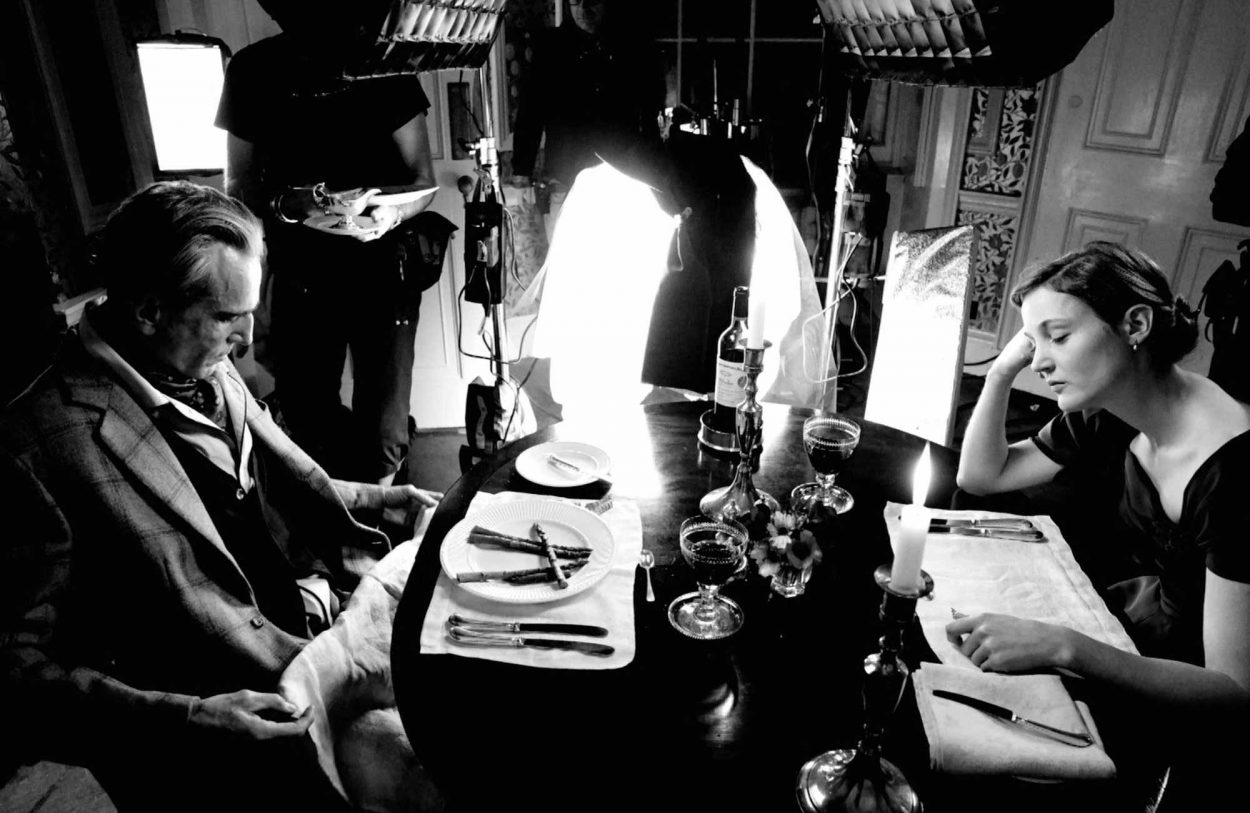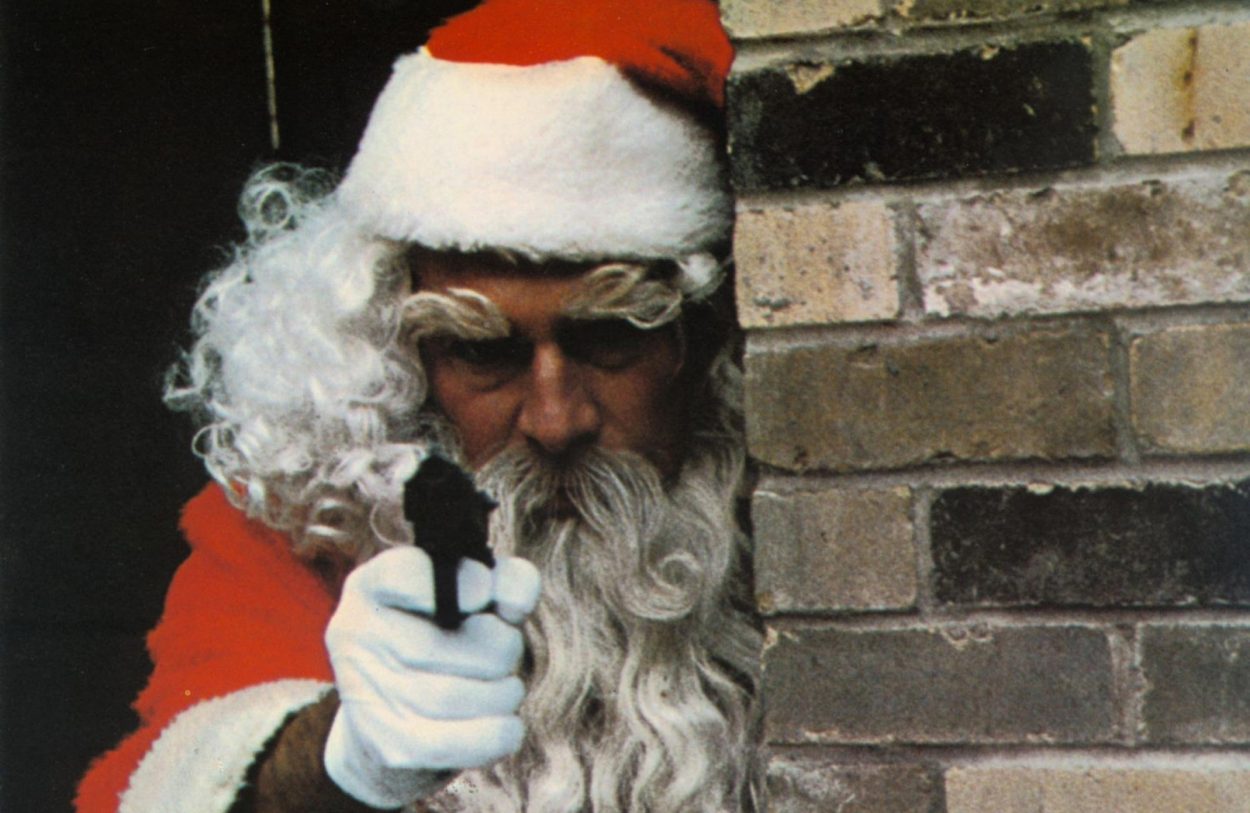The Don Is Dead
Dir. by Richard Fleischer
Starring: Anthony Quinn, Robert Forster, Frederic Forrest, Al Lettieri, Angel Tompkins, Charles Cioffi, Abe Vigoda
*****
Like any good innovation, The Godfather had its imitators – and quickly, too. Richard Fleischer’s The Don Is Dead was one of the first from a major studio and arguably the best. Or, at least, the most loyal. It’s a sweeping story about fathers and sons, brothers and honor, regret and deceit, that overtly apes many narrative aspects of Coppola’s masterwork – an aging don grappling for survival, played by a middle-aged screen legend (then 58-year-old Anthony Quinn); a hotheaded would-be capo (bright-eyed, fork-tongued Robert Forster); a cunning but reluctant young godfather-in-waiting (Frederic Forrest); and a convoluted plotline laced with double crosses and internecine gangland war. There’s even a tragic assassination attempt on a key character set against a fruit stand. Throw in a throbbing score from Jerry Goldsmith, Abe Vigoda as a squirrelly lieutenant, and a snarling Al Lettieri fresh off getting blown away by Pacino, and the similarities are too obvious to ignore. This is simulacra as high art. Or maybe the other way around. Released less than 18 months later, Coppola must have been annoyed.
But Fleischer’s movie may ultimately have more in common with another New Hollywood gangster picture that just happened to be released one month earlier: Mean Streets. Martin Scorsese’s breakthrough, which appeared in October 1973, is a story about friends torn apart by ancient notions of faith and propriety. Like Scorsese’s tale of Charlie, Johnny Boy, and Tony, Fleischer’s movie circles the Fargo brothers, Tony and Vince (Forest and Lettieri), and their side-hustling, corner-cutting leader, Frank Regalbuto (Forster). Among the trio, there isn’t a Fredo to be found. The three men are bound to each other, unable to break free from the expectations of a criminal life. Forster, in particular, is mesmerizing as Frank, playing him as equally rageful and wounded, a bratty mob scion with eyes bigger than his stomach. His fate is sealed the moment he starts chattering arrogantly in the back of a getaway car after the movie’s crackshot opening sequence. Loudmouths never survive.
Forster wouldn’t work in the movies for four years after The Don Is Dead, sliding from NBC’s Banyon to ABC’s Nakia (created by Don co-writers Christopher Trumbo and Michael Butler) back to NBC for stints on Police Story. So Don is maybe the last example of him as the virile stud acting as much with his balls as his brain. Over the years, Forster evolved into a wizened type, the calm guru or the dead-eyed operator. He was never this nasty again.
Speaking of wizened types, The Don Is Dead finds then-56-year-old Fleischer at a funny period, pogoing from genre to genre in the mid-70s, with more than 35 movies to his name already. Earlier in the year, he’d had a smash with Soylent Green and would soon make Mr. Majestyk (in which Charles Bronson punks Al Lettieri!), released two whole weeks before Death Wish in 1974. Fleischer got a journeyman’s reputation, but he has a way with staging violent shootouts and ecstatic conflagrations. In The Don Is Dead, he orchestrates a complicated alleyway shootout, a factory fire-bombing, a garage explosion, and a slick little hit outside a nightclub. What could have been incoherent noise has more throttle and torque than your average midgrade gangster movie. Fleischer started the ’70s with Tora! Tora! Tora! and ended it with the Neil Diamond-starring Jazz Singer remake. In between, he made British dramas, cop capers, a Mia Farrow horror movie, and Mandingo. Fleischer wasn’t just versatile, he was multidextrous.
The Don Is Dead was neither a critical nor serious box office success and Fleischer was decades removed from The Narrow Margin and 20,000 Leagues Under the Sea. He’d taken dozens of for-hire gigs by this point, his star rising and falling at UA, Columbia, and RKO across the years. But as he worked judiciously in the ’70s, Coppola, Scorsese, De Palma, Schrader, Bogdanovich, and others, sought to both subvert and celebrate the kind of nifty genre-meister handiwork he’d been honing since they were born. Fleischer’s movies don’t have the personal gravity of the New Hollywood, but there is something grave in the work, something about the enormity of middle-age and recollections of what’s been lost. You can see it in Mr. Majestyk and 10 Rillington Place and certainly in The Don Is Dead. They’re despairing and angry portraits glazed in studio popcorn veneer. Not an auteur’s vision per se – more like a craftsman’s last will and testament.
The Don Is Dead is designed around two generations, represented by Quinn’s vulnerable Don Angelo DiMorra and Forest’s cerebral and ultimately unsparing Tony Fargo. Angelo discovers love in the form of his godson Frank’s singer-songwriter girlfriend (Ruby Dunne playing a sun-dappled Joni Mitchell type) and yearns to retreat, while Tony is slowly forced to cope with his destiny as a leader of men. Unlike, say, Michael Corleone and Don Vito, these two generations have little common ground, and are divided even further by my favorite thing about The Don Is Dead: the late, great Charles Cioffi. (The actor was already a legendary villain for his role in 1971’s Klute, but he is uniquely unseemly here.)
But it’s Don Angelo who haunts the movie, with the typically bravura Quinn scaling back his performance, eventually receding into a trance-like state, reckoning with his own destruction, his own failed schemes, his own selfishness, his best laid plans. It can’t be a mistake that Fleischer was about the same age as Don Angelo – you can see a lifetime of choices in the eyes of Quinn’s performance. This is the testimony of a great life full of compromises. Regrets, he has a few.


